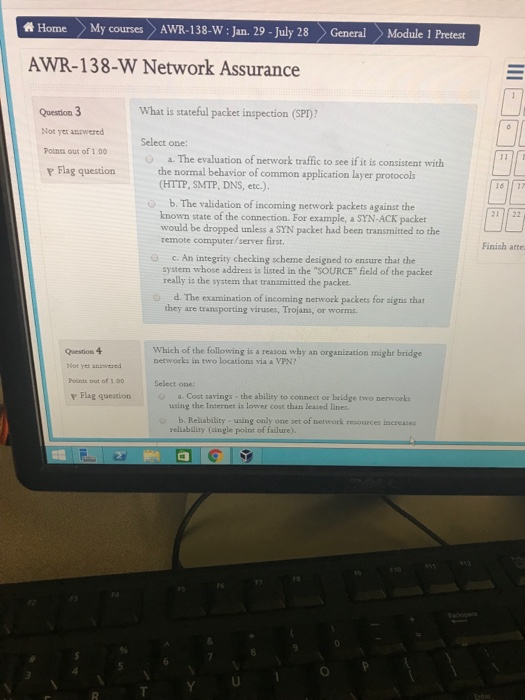
The course is designed to develop knowledge in the areas of: scene assessment & incident size up (of both existing & potential conditions) resource ordering.Let’s start with some basic concepts. TED primarily serves state, local, and tribal entities in. The US Department of Homeland Security’s Training and Exercise Division (TED) serves the nation’s first responder community, offering more than 100 courses to help build skills that responders need to effectively function in mass consequence events. Department of Homeland Security Training. Counter-Terrorism Training Programs.
Note that it only counts time spent in user calls, i.e. Here), it’s that this time is a sum over all active user processes which are using CPU or waiting for something. However, the reason for that is not the number of CPUs as some experts incorrectly state (apparently, they confuse it with CPU time that we’ll discuss below, e.g. It can be (and for a busy system typically is) greater than the elapsed time. Another important quantity is DB time, which is defined as time in user calls during that period. The simplest kind is the elapsed time , it’s just the interval of time between the start and end snapshots.
Welwyn Garden City, Hertfordshire. Tsunamis can cause great loss of life and property damage.N3, Finchley, Greater London. Description: Tsunamis are low frequency, high consequence natural hazard events. This course is now listed in the FEMA National Training and Education Division (NTED) Catalog.
And of course “CPU used by this session” is an odd name for an instance-level metric, but that’s understandable: it’s just a sum of a session-level metric over all sessions.CPU time represents time spent on CPU and does not include time waiting for CPU. Establishing or tearing down a session). Normally, they should have close values, and differences can probably be attributed to connection management (e.g. Unfortunately, AWR reports use up to 3 different names for it: CPU time, DB CPU, and CPU used by this session. It can also exceed the elapsed time, because the database can use more than one CPU.
Somewhat counterintuitively, AWR report showing CPU time close to 100% in the top timed events section does not necessarily indicate a problem. CPU time parsing) should be measurd against the latter.CPU usage is described by “CPU time” (or “DB CPU”) statistics. AWR provides these numbers in the “Operating Sysem Statistics” section (as “BUSY” and “IDLE”, the units are centiseconds).DB time and DB CPU define two important timescales: wait times should be measured against the former, while CPU consumption during certain activity (e.g.

Of course, this makes all “SQL ordered by” lists in the AWR report useless.If parsing is reasonable, then one needs to look at SQL statements consuming most CPU (“SQL ordered by CPU time” in the CPU section of the report) to see if there is excessive logical I/O that could be reduced by tuning, or some expensive sorts that could be avoided, etc. The first thing to check is parsing, not only because this is a CPU-intensive activity, but also because high parsing means lack of cursor sharing, which makes diagnostics very difficult: each statement is parsed to its own sql_id, spreading database workload over thousands of statements which only differ by parameter values. To check that, look at OS CPU usage statistics either directly in the OS (using sar or other utility available on the host OS) or by looking at IDLE/(IDLE+BUSY) from the Operating System statistics section and comparing it to the number above.If DB CPU usage is at 80-90% of the capacity (or 70-80% and growing) then you try to reduce CPU usage or if not possible, buy more CPU power before the system freezes.To reduce high CPU usage one needs to find its source within the database. Of course, if there are other major CPU users in the system, the formula must be adjusted accordingly. Fortunately, it’s quite simple to calculate that:DB CPU usage (% of CPU power available) = CPU time / NUM_CPUS / elapsed timeWhere NUM_CPUS is found in the Operating System statistics section.
If we compare that to the number of sessions (673/760 beginning/end), we can see that even the database was terribly busy, or, yet more likely, most of the sessions were waiting on something. And there is a good story to it, too, but I’m hoping to make a separate post about it, so let’s focus on CPU stuff here.The time period of the report spans 148 min, but DB time is 77,586 min, which means that there were ~524 active sessions on the average. And finally, OS stats are confirming that CPU is completely maxed out: 1 centisecond of idle time versus 5,707,941 busy!Fortunately, SQL ordered by CPU time is just as unambiguous: it showed one SQL statement responsible for 60.99% of DB time, and fixing it (it was a bad plan with poor table ordering and millions of context switching because of a PL/SQL function calls) fixed the entire database.Now let’s consider something less trivial.Xxxx xxxxxxxxx xxxx 1 10.2.0.5.0 NO xxxxxxxxxBegin Snap: 38338 08-Mar-12 02:00:40 673 6.7End Snap: 38339 08-Mar-12 04:29:22 760 5.6Cursor: pin S # 2,072,643 2 44.5 OtherCursor: pin S wait on X 76,424,627 929,303 12 20.0 ConcurrencLatch free 1,958 246,702 # 5.3 OtherLog file sync 746,839 44,076 59 0.9 Commit-> Total time in database user-calls (DB Time): 4655157.1sThere are quite a few remarkable things in this report. The top wait event (resmgr: cpu quantum) indicates that the database user calls are spending most of their time waiting for the Resource Manager to allocate CPU resource to them — that’s another symptom of extreme CPU starvation. CPU time (47,879s) — even though not the largest wait event in the database — is close to the maximum capacity (32 x 30 min x 60 sec/min = 57,600). (either because of high parsing, or bugs, or both)– logon storms (high number of logons in short time)– resource manager events (“resmgr: cpu quantum”),Or look in ASH for sessions with the “ON CPU” state and see what they are doing.DB Name DB Id Instance Inst Num Release RAC HostXxxx xxxxxxxxx xxxx 1 10.2.0.4.0 NO xxxxxxxxxBegin Snap: 66607 02-Mar-12 12:00:52 648 19.6End Snap: 66608 02-Mar-12 12:30:54 639 21.4Event Waits Time (s) (ms) Time Wait ClassResmgr: cpu quantum 475,956 152,959 321 74.2 SchedulerDb file sequential read 3,174,880 15,866 5 7.6 User I/ODb file scattered read 196,255 4,078 21 2.0 User I/OLog file sync 157,730 4,579 29 4.4 Commit-> Total time in database user-calls (DB Time): 104720.3sOperating System Statistics DB/Inst: ****/**** Snaps: 66607/66608This is a simple case: the report has “CPU starvation” written all over it.



 0 kommentar(er)
0 kommentar(er)
